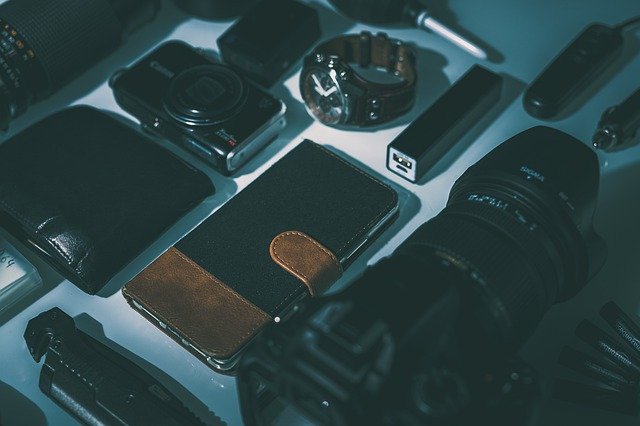Watching your phone or tablet steadily run out of juice when you’re nowhere near a power outlet is stressful. Fortunately, third-party backup batteries come in every size and capacity imaginable. Some power banks even offer features such as fast charging, wireless charging, built-in cables, AC adapters, LED flashlights—and even the ability to jump-start your car. Regardless of your budget, you can find a portable charger that will keep your device going when your battery icon starts to dip in the red.
But with so many options to choose from, how do you know which power bank is right for you? Read on for the most important points to consider.
Size and Capacity
Generally speaking, the bigger the battery, the higher the capacity and quantity of ports you get. Power banks that fit comfortably in your pocket are typically good for a full phone charge or two, while anything designed to keep you going all day is going to require a bag or a purse.
On the pocket-friendly front, most smaller batteries that maximize portability have a capacity of 5,000mAh and under, which gives you just enough charge to top up most phones once.
Once you get above 5,000mAh, battery size increases to the point where it’s less likely to fit into your skinny jeans but can still be stowed in a jacket pocket. Some power banks even enable you to power laptops and have enough juice to charge the average phone 10 times. Of course, they’re some of the biggest and heaviest of the bunch; they definitely need to be carried in a bag.
Input and Output Ports
The type of port (or ports) a battery has determines not only whether it is compatible with the devices you want to charge, but also charging speed. At a minimum, most battery packs have a standard USB-A port for both charging the battery (power input) and sending juice to your device (power output). But with most phones, tablets, and laptops adopting the USB-C standard, you’ll often find a USB-C port in addition to the USB-A one.
USB-C ports typically support some, but not all, fast charging protocols for smartphones and tablets. Most often, a portable charger’s USB-C port can be used for both power input and power output, but some less expensive battery packs may only support USB-C for power input.
Lightning is a proprietary Apple technology and it used to be difficult to find power banks with a Lightning cable or charging port. Thankfully, those days are over and dozens of excellent power banks exist for iPhone users. If you …….
Source: https://au.pcmag.com/batteries-power/84111/the-best-portable-chargers-and-power-banks-for-2020
